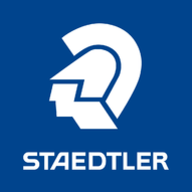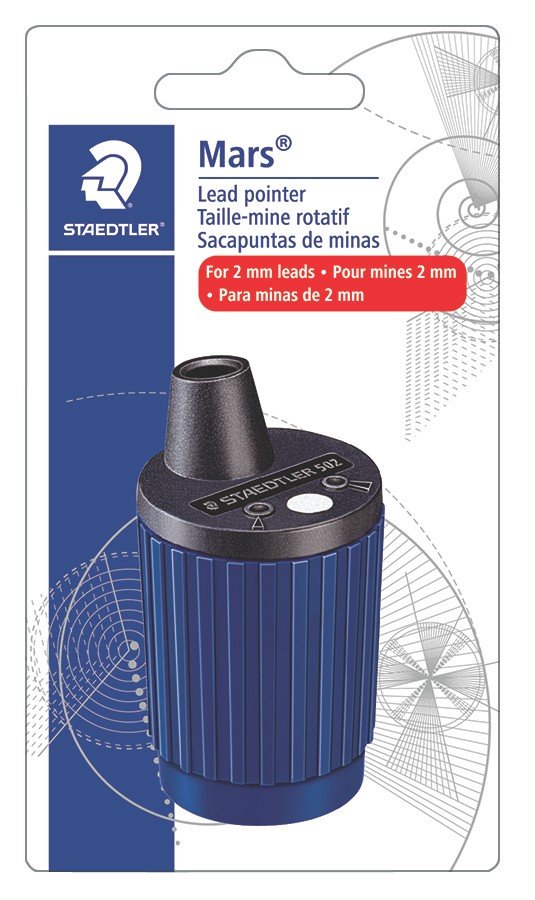Oh, you people are a trip, man!
Yeah, that was a true simulpost, seems, @Stranger_On_A_Train, but you gave all the information with some of my personal favorites.
I think the 780 is maybe the archetype of the clutch pencil…been around forever, is what I’ve heard.
I was so excited when I had the “opportunity” to buy one of the limited edition (?) 780s with a black barrel instead of the classic blue…first attempt of deliver from Amazon it was lost.
Or, as one says “lost.” Who knows what happens in these realms. I was so stoked…and then it just disappeared off the grid. Staedtler could take a cue from Koh-i-N and vary colors and even sizes of their clutchers. I like the short Koh-i-N…they tend to get lost pretty often, and, of course, one has to break the usual leads to get them to fit…but…you know…style!
But finally the black-barrell 780 arrived…few years ago. The McRib of 780s, I guess.
Dig my new order from the Amazon…you people!
You’ve inspired me to refresh my supplies of leads.
What exciting shopping lives people of the pencil live!
(And dammit…I still want some 6B and 4B Mistubishi wooden pencils…but Amazon disappeared them from my cart).
And anyway…I got enough lead holders…but between my ape fists breaking the 2mm leads trying to sharpen them, and the holders becoming gone missing, it’s a better deal to stock up on 2mm leads in various hardnesses.
One thing I don’t think has been mentioned is that, in general, it’s not really the lead holder/clutch pencil itself that is the big expense.
I know there are fancy models and such.
But one really pays for the kind of graphite/clay mixture, aka “lead”: that’s what really can become pricey.
After all, the “lead holder” is really just that. Even the humble Staedtler 780 or the Koh-i-Nors…they do a fine job at “holding the lead.”
But one still needs decent lead to clutch or to hold, and especially with the softer grades (say, 2B and up), especially if one likes a fine point or has an aggressive touch, they go fast.
They’re just lead holders, really! As the name suggests.

And, yes, the Staedtler 502 pointer is a royal PITA to carry around. It fits in no clothing pocket…so it lives in my satchel. And the Koh-i-N holders…turn them the wrong way and the clutch mechanism comes loose when used with the 502.
A lot of times just use the pointers from the 780.





